From little pots hidden among hundred-acre woods to coffee shops and tea rooms, honey is ubiquitous and widely used to sweeten foods and drinks, and even soothe sore throats. You might be hard-pressed, however, to spot the little animals who are responsible for making honey, as they are disappearing quickly much to nature’s detriment.
There are over 20,000 types of bees in the world, but less than 5% of species make honey, with the honeybee as the most prolific creator of the sweet stuff. Honeybees live incredibly complex lives, follow social structures, and use communication methods that scientists are still uncovering the nuances of. But just like chickens lay eggs to hatch babies and cows make milk to feed their babies, bees make honey for purposes specific to their survival, and because that honey is made by bees for bees, it is not, by definition, a vegan food product.
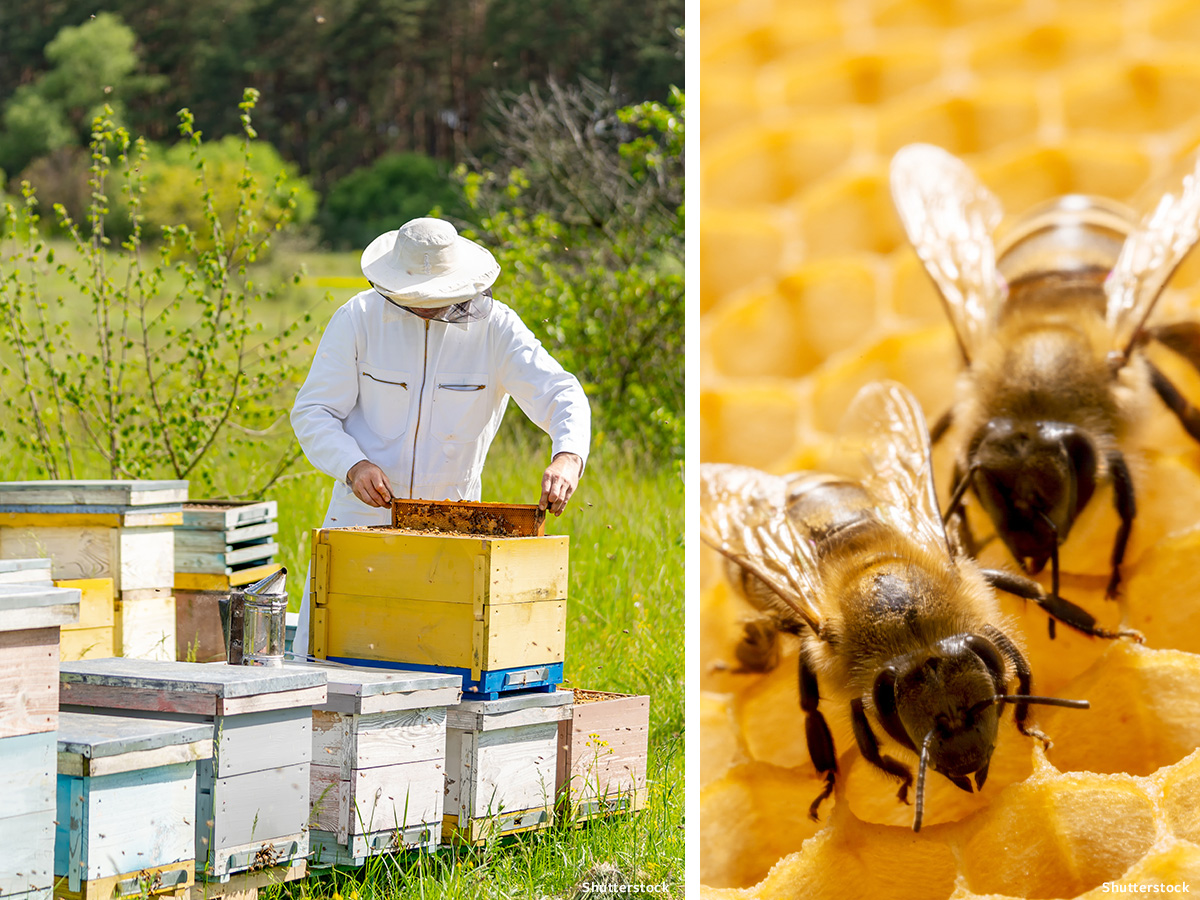
What is Honey?
Honey begins as the liquid nectar of a flower, which is lapped up by all-female worker bees with their long, tube-like tongues, called proboscises. Often confused in the minds of humans with the pollen that bees gather on their fuzzy bodies used for a different purpose by them, nectar is the key component for making honey and is flown in the stomach of the bee back to her hive. While in her stomach, the nectar mixes with enzymes which prepares the substance for long-term storage.
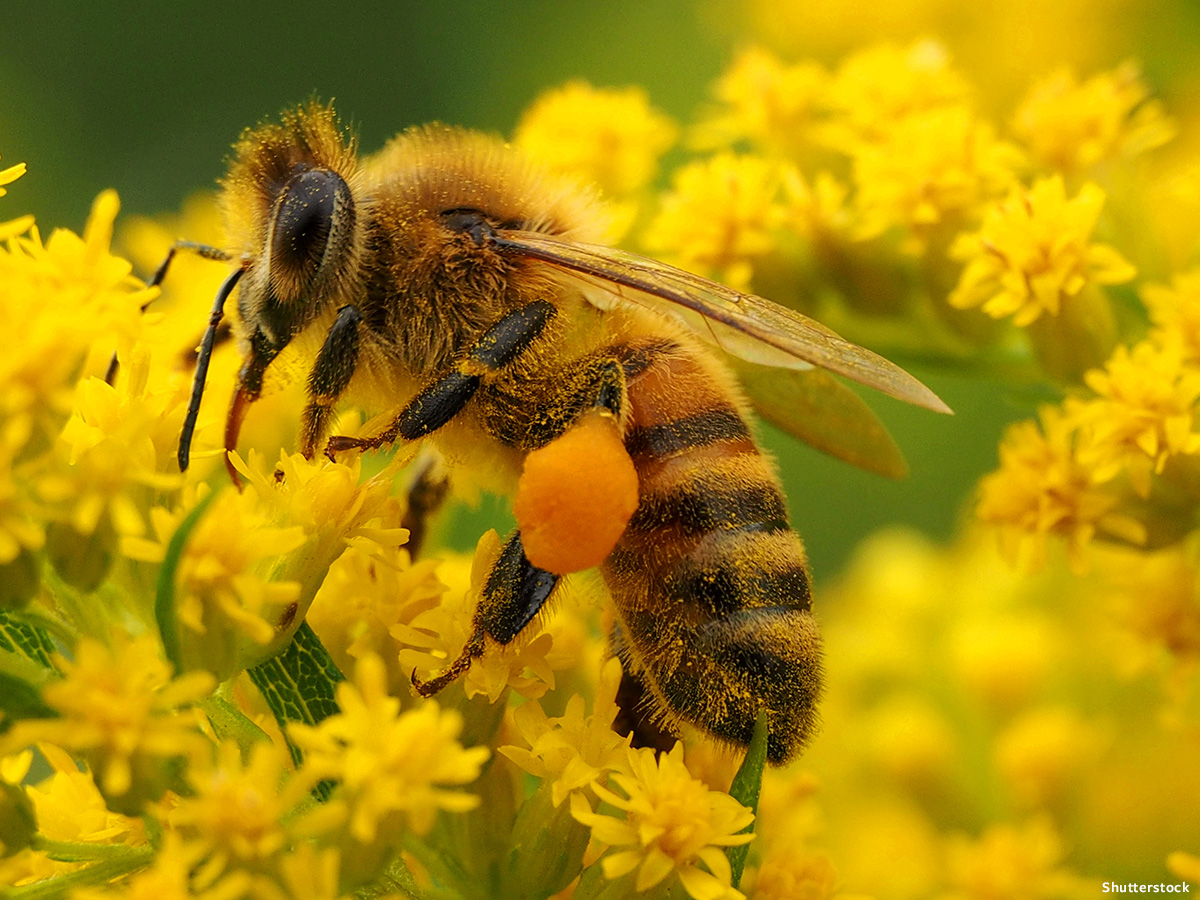
Once back at the hive, the bee will regurgitate the nectar she stored in her stomach into another bee’s mouth — a process that will occur a few times — until the only partially digested nectar is stored in the honeycomb. While it is still a little soupy and loose, bees fan the deposited honey with their wings to evaporate as much moisture as possible, turning the substance into gooey honey.
Once thick, the honey will be protected by a layer of beeswax which is secreted by a bee. The little comb preserves the honey, sealed from air and moisture, and this becomes the hive’s reserve of food for long winter months. Eggs are also laid in other cells of the comb. There, baby bees go through all stages of development until emerging as adults after about 21 days. Pollen stored in the comb is used to feed the babies as they grow.
In her entire lifetime, a worker bee produces about 1/12 of a teaspoon of honey; that means it would take 12 worker bees their entire lifetimes to make just a teaspoon of honey. To create a single pound of honey, a bee must collect nectar from over 2 million flowers. In 2021, 618 million pounds of honey and products sweetened with honey were consumed in the U.S. alone, which really puts into perspective how many bees it takes to keep this industry going.
Does Harvesting Honey Harm Bees?
Honey is a labor of love and, as for other animals used to produce food items for humans, comes with a cost to the bee’s wellbeing.
Bee farming happens on many different levels of operation, with industrial honey farms generally being the most troubling. Because these operations are meant to turn a profit, bee welfare and ecological concerns are often neglected to ensure short-term honey yield is at its peak.
Some large, industrial operations and independent beekeepers use antibiotics and even pesticides to control disease within hives. Many replace bees’ hard-earned honey with processed corn syrups or sugar solutions to keep the hive functioning over the coming winter. But this substitute lacks the nutritional value that bees need and prepare for, functionally robbing the hive of powerful, natural antioxidant properties which can leave bees more susceptible to disease. Subsisting on this poor replacement after their honey has been taken away by humans can cause death from malnutrition.
Other industrial farms “cull” their hives during winter months, killing all the bees. This saves money rather than incurring a cost to feed the bees through off-seasons of honey production.
To prevent a loss in honey production, queen bees, who are solely responsible for maintaining bee populations in the hive by laying eggs, will sometimes have their wings cut off so portions of the hive will not swarm. Swarming is a natural behavior where about half of the bees in a hive, along with the queen, will break away to form a new colony as population size grows and more space is needed. “Clipping” the wings of a queen is a measure taken to keep the hive from splitting, and lessening honey yield. When introducing a new queen to a hive, she will sometimes be kept in a tiny cage barely bigger than her body with attendants where she releases pheromones, allowing the hive to adjust to her scent.
Large-scale honey farmers sometimes choose to artificially inseminate queen bees as a way to select for certain genetic traits which can influence honey production, color, and hardiness against disease. In this process, a virgin queen emerging from her cell within the hive is anesthetized with carbon dioxide, and 24 hours later, she is treated with carbon dioxide again. During this second session of anesthesia, the queen is restrained in an apparatus and the sperm of about 10 drones, or male bees, is inserted into her with a syringe. This process of forceful artificial insemination is not unlike cruel practices seen on farms that raise other animals like cows and pigs for slaughter.
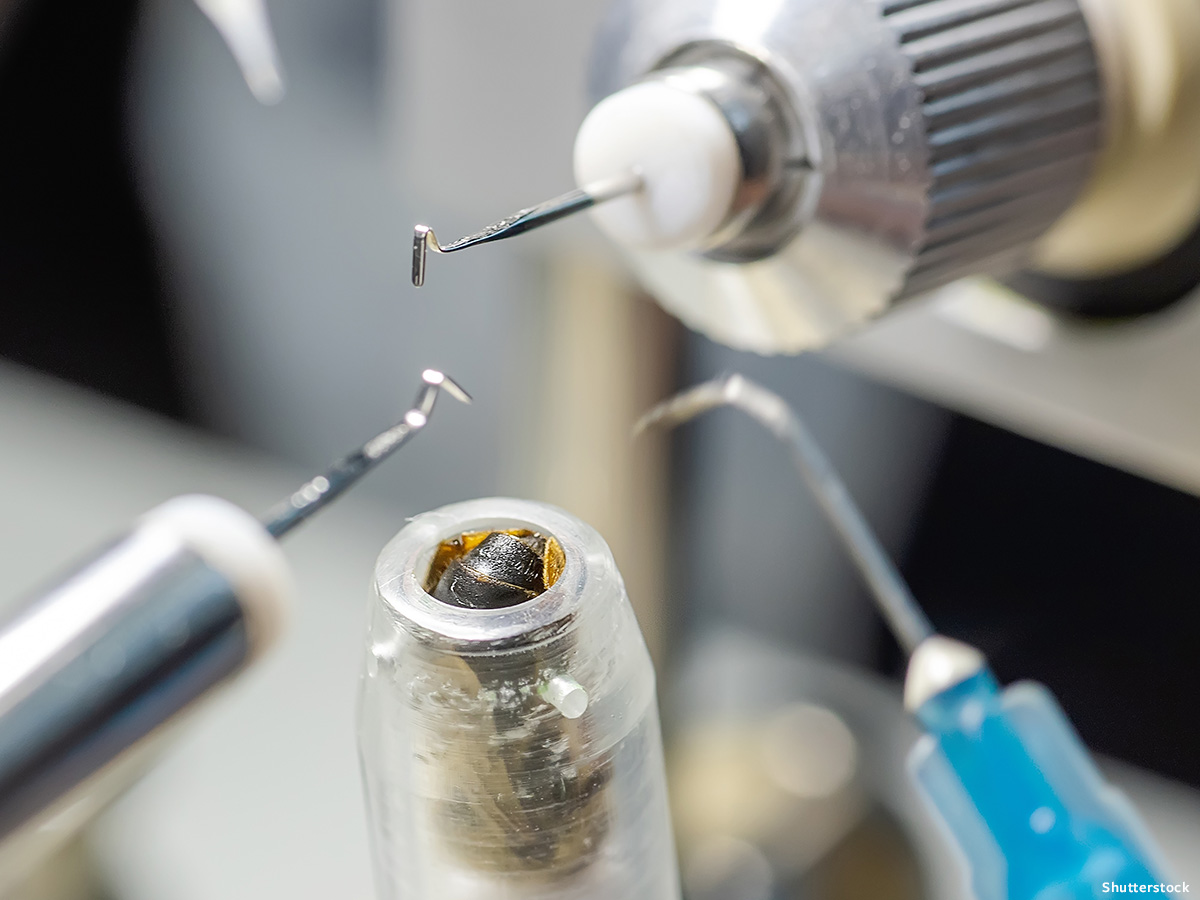
An article by The Conversation puts bee farming into perspective perfectly: “Beekeeping is often promoted as a way to conserve pollinators and, as a result, is on the rise across the UK. It’s great to see people backing the pollinator movement, but managing hives does nothing to protect our wild pollinators. It’s the equivalent of farming chickens to save wild birds.”
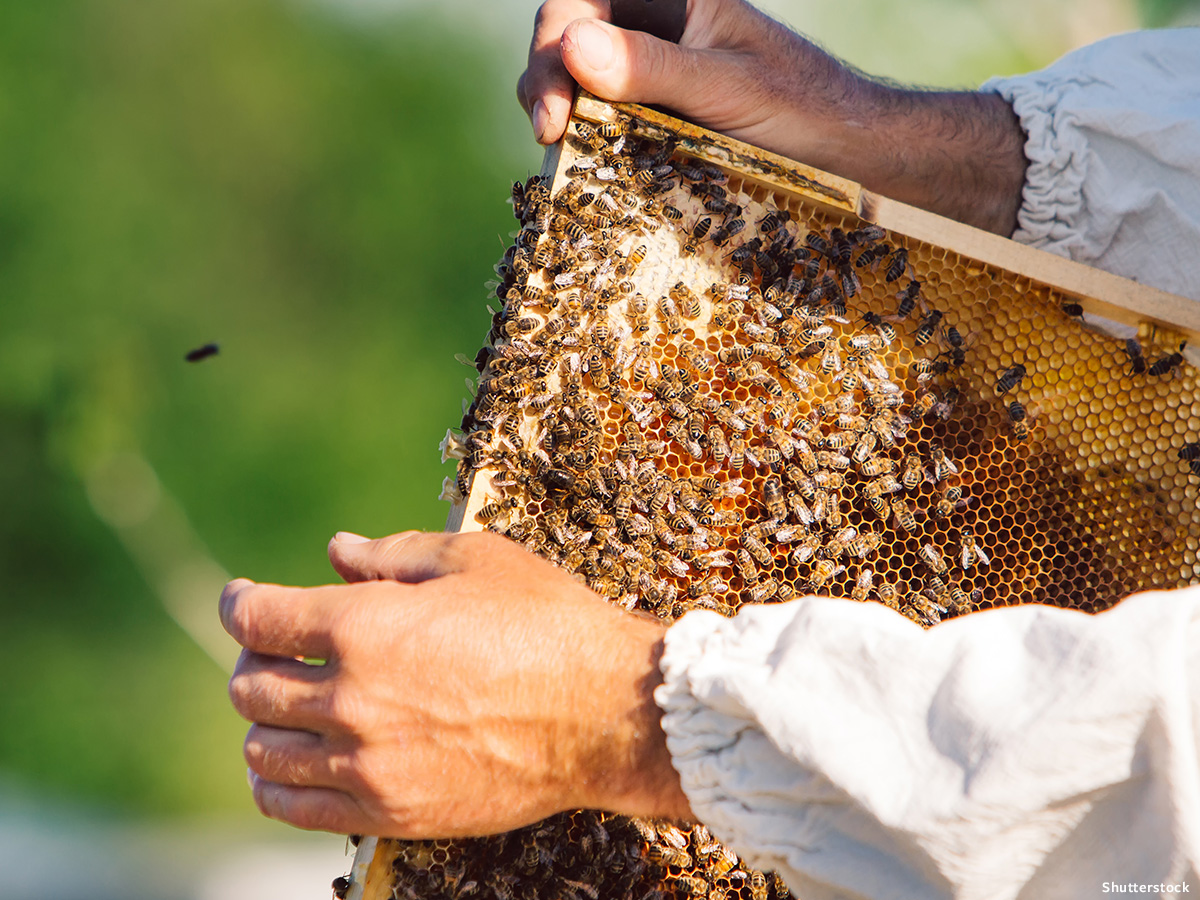
Just as wild birds have been decimated by bird flu from birds being exploited and confined on farms, wild bees and other pollinators are suffering and dying from bee farming. Captive-bred bees suffer parasite infections and carry over 20 viruses. Honey producers and commercial pollination operations are known to infect wild bees, wasps, ants, and hoverflies with diseases.
One study found that 10% percent of wild bumblebees close to “managed” bees had active infections of deformed wing virus, versus no infections in wild bumblebees who foraged further away.
Antibiotics, pesticides, and sugar substitutes are some of the causes that make managed bees sick. Keeping bees in man-made hives is another health disaster. Wild bees create honeycombs and hive portals at sizes perfect for scraping off mites and cleaning their fur. But man-made hives prevent bees from expressing these natural behaviors which are vital for their health. At every turn, honey farming leaves bees vulnerable to disease.
Beekeeping also forces managed bees to compete against wild bees and other pollinators for resources. Keeping bees to make honey for human consumption causes more harm than good for bees and the environment.
We owe bees our thanks for keeping our planet flowering and producing the bounties of plants we and other animals need to survive. When bees bumble from flower to flower, they fertilize that plant, ensuring cross-pollination which produces fruits, seeds, and vegetables. Bees help produce a third of the world’s food supply, help prevent soil erosion, and “provide half of the world’s fibers, oils, and other raw materials.” Without bees, our planet would be on its collective way to starvation. Unfortunately, they’re threatened by habitat loss, the climate crisis, diseases and parasites, and competition from members of other recently-arrived species, like the Asian hornet. We would be remiss not to do our part to help bolster their populations.
How You Can Help Bees
Here are some simple, affordable, and fun ways that you can directly help bee populations in your own community!
- Plant a Pollinator Garden — Planting a garden that is rich in native flower species is not only a great way to beautify your yard, but creates a sanctuary for busy bees on the move. You can check which native species would be best to plant for the region you live in that will give local pollinators a buffet of natural nutrients to enjoy.
- Host a Bee Bar —Bumbling about is hard work, and even bees need a little help cooling off and staying hydrated. Find a shallow bowl or birdbath, fill it with pebbles or paint-free marbles, and fill the dish with just enough water so the substrate breaks the surface. This provides bees with a safe landing space to take a drink and a break.
- Detox Your Garden — Pesticides are the leading threat to bees and pollinators worldwide, so if you’re looking for options to keep garden critters from munching on your harvest or weeds from sprouting while encouraging bees to stop by, opt for natural deterrents instead. There are so many DIY options for all-natural alternatives to pesticides that won’t harm bees, like simply putting on gloves and gently rehoming caterpillars, snails, and beetles. White wine or apple cider vinegar can keep weeds at bay and leftover scraps of aluminum foil can be wrapped at the base of plants to ward off aphids. Diluted mixtures of salt and water can create barriers when sprayed around garden beds as well.
Vegan Alternatives to Honey
If you aren’t satisfied by merely using sugar, you don’t have to look far to find something sweet and honey-like to take the place of honey in your morning tea. You can use any of the following alternatives:
- Agave syrup comes from the juicy inside of the blue agave plant and has a level of sweetness that can replace honey 1:1.
- Maple syrup isn’t just for plant-based pancakes! Maple has a slightly more robust flavor than honey but is great for baking, making sauces, and sweetening beverages.
- Coconut nectar is made from the sap of the flowers on a coconut palm. This can be used just about anything honey would be!
- Dandelion honey can be made by boiling dandelion petals and then adding sugar.
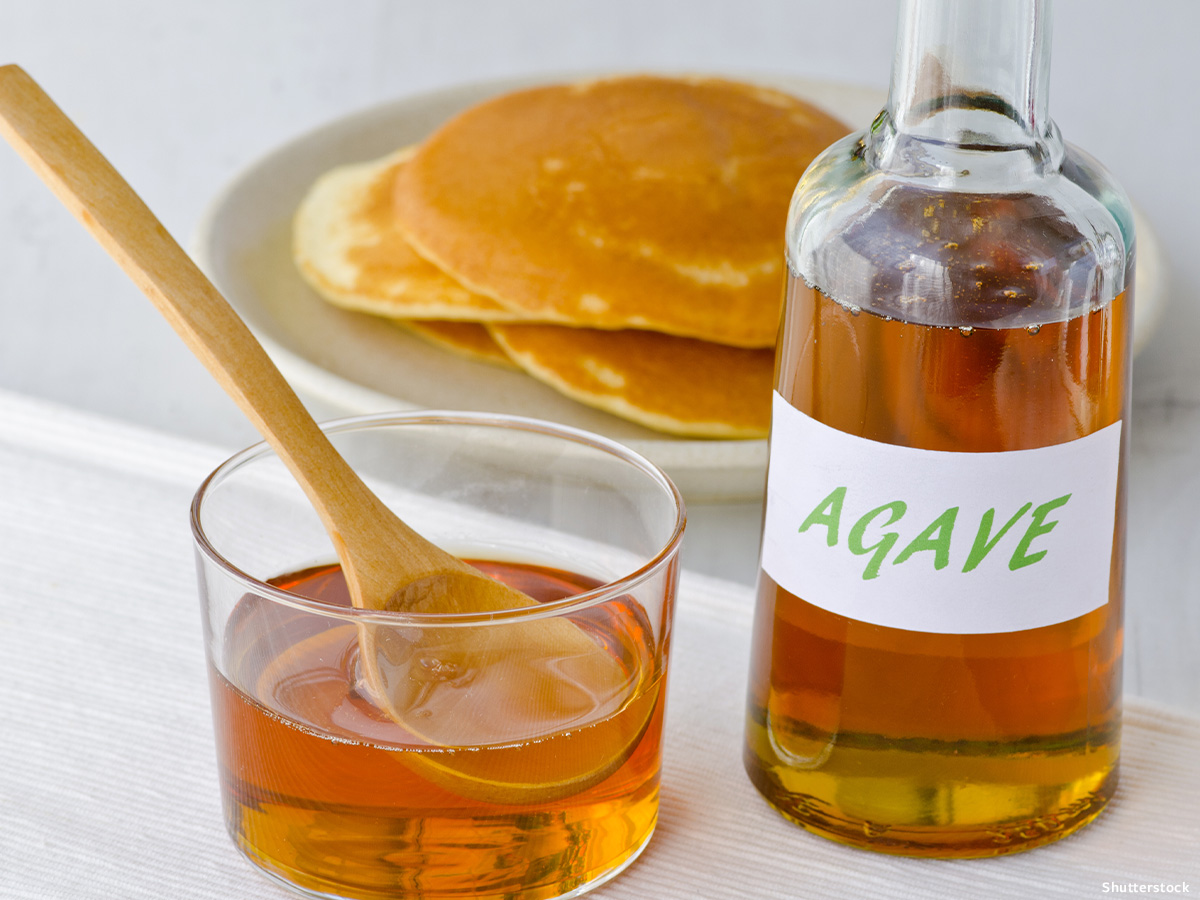
Bees are vital to the health of the planet which is our only home. By taking simple steps to make your life more compassionate, you can beefriend your friendly neighborhood pollinator.
Want more ideas on incorporating animal-free foods into your diet? Bumble on over to our free vegan starter guide!

